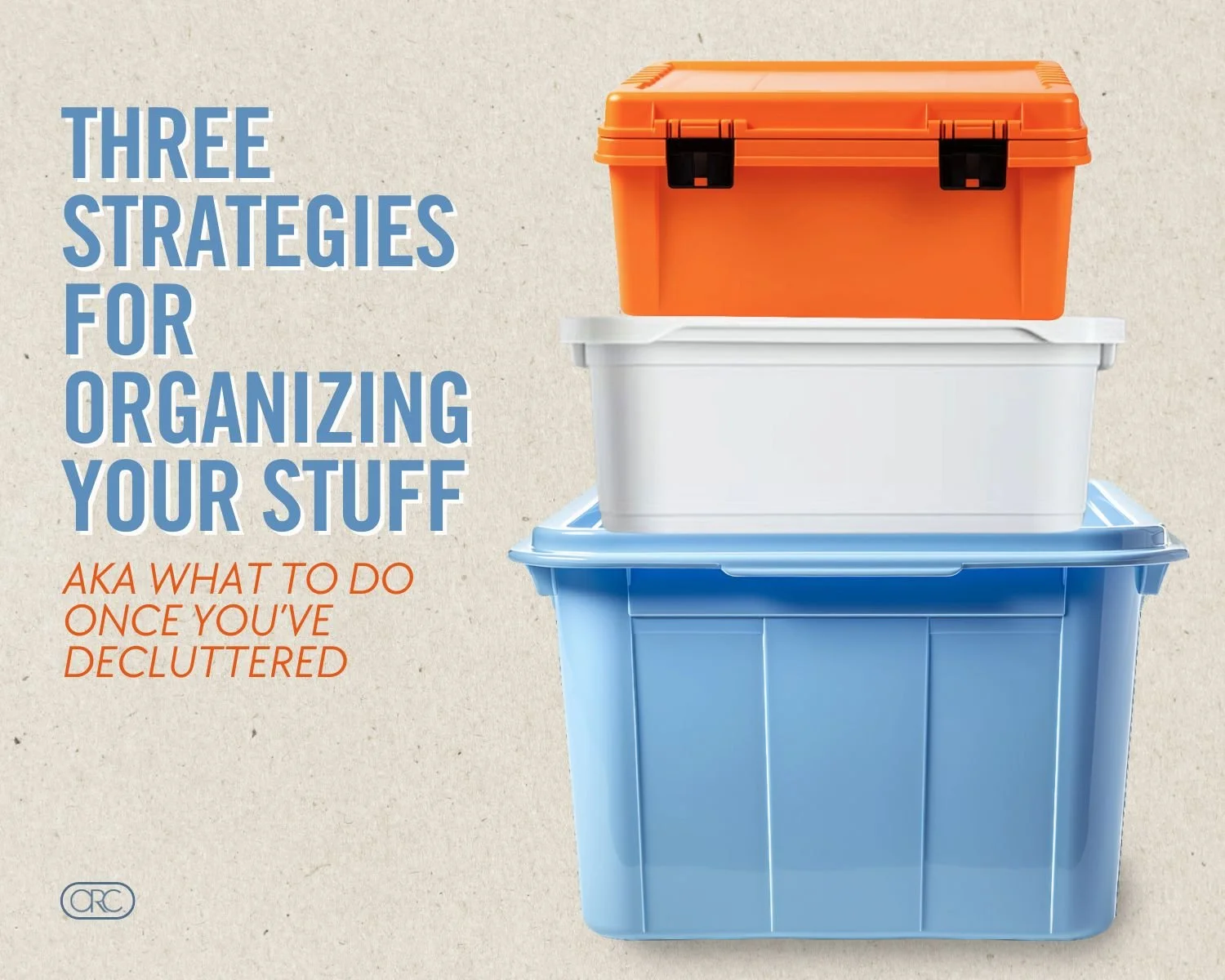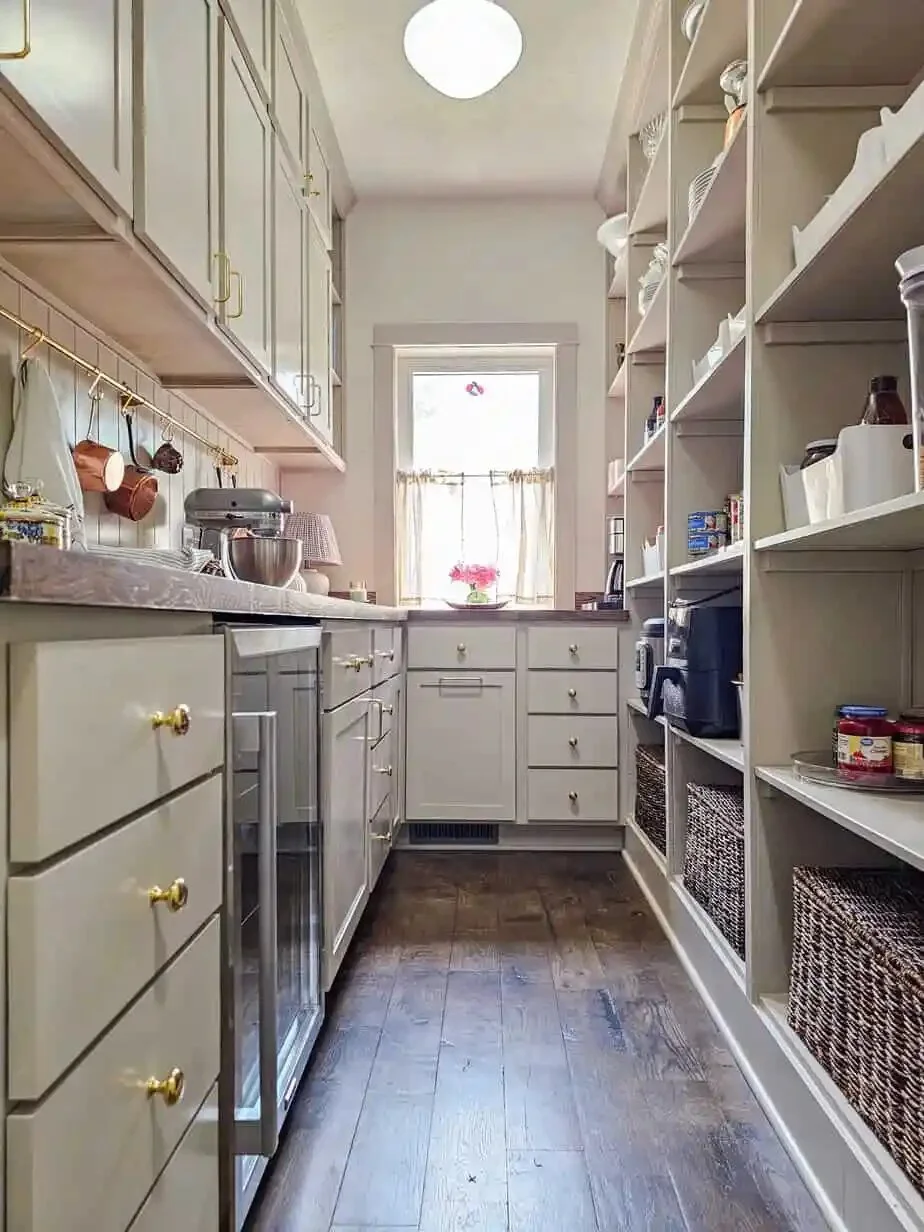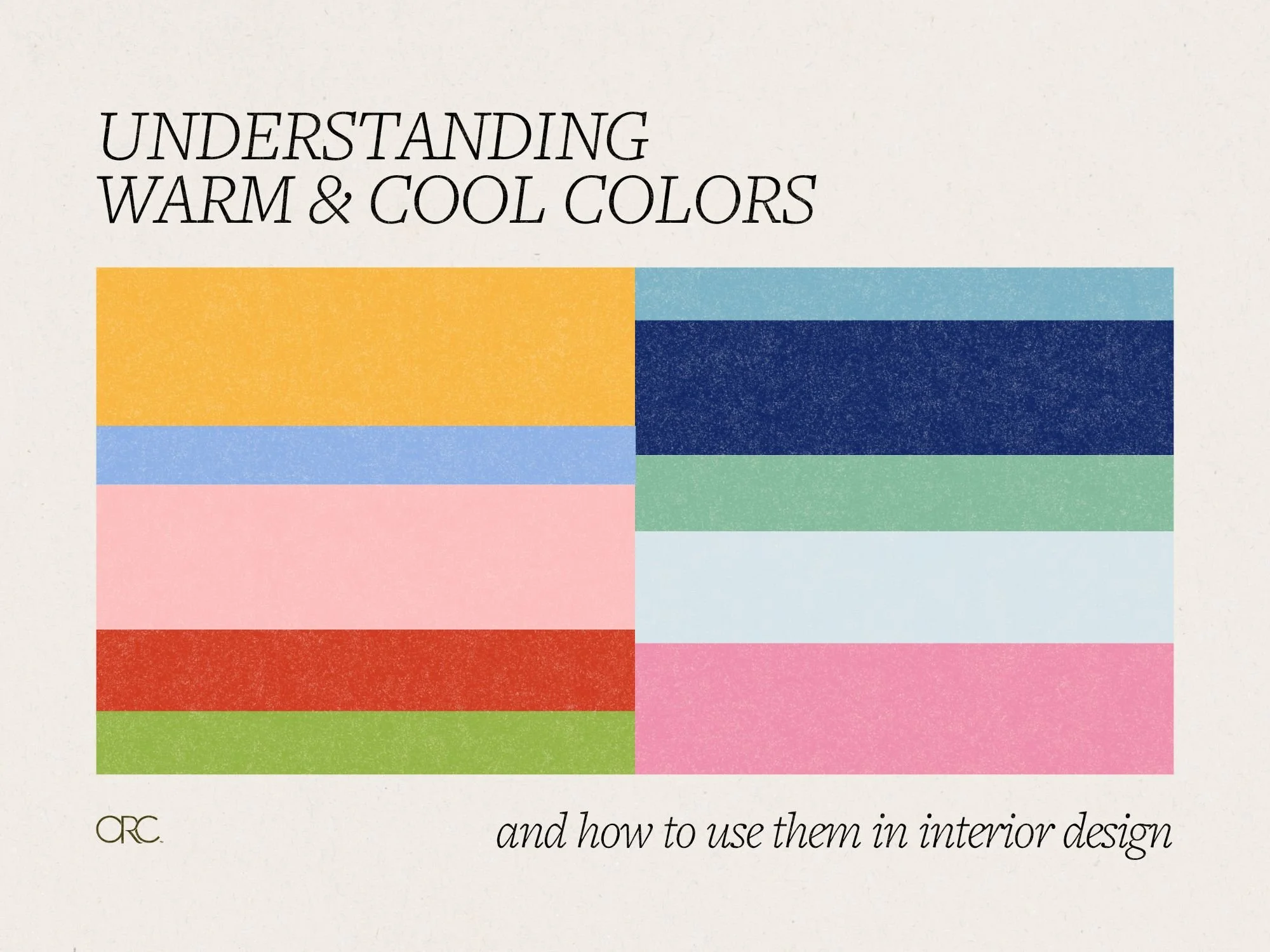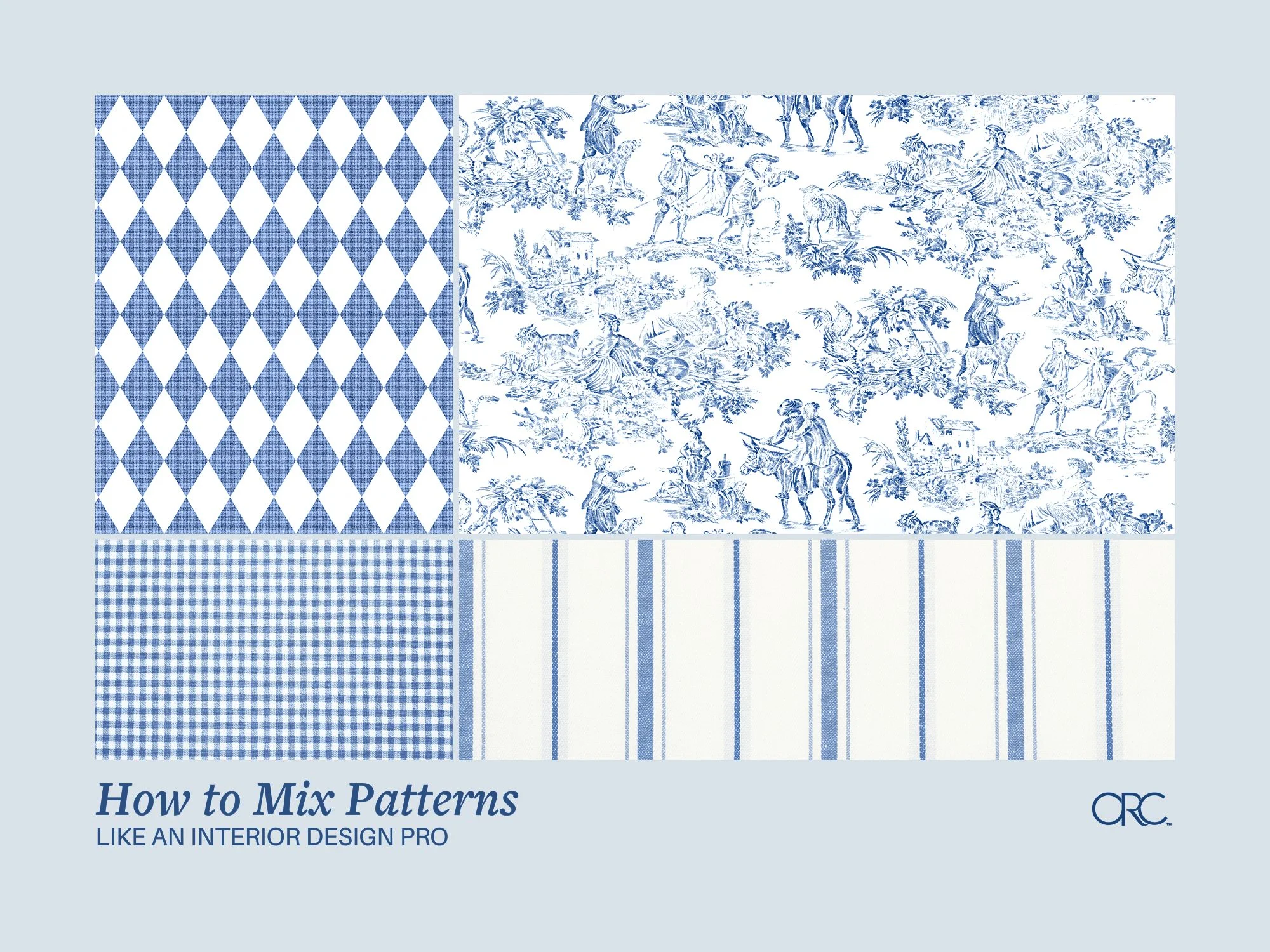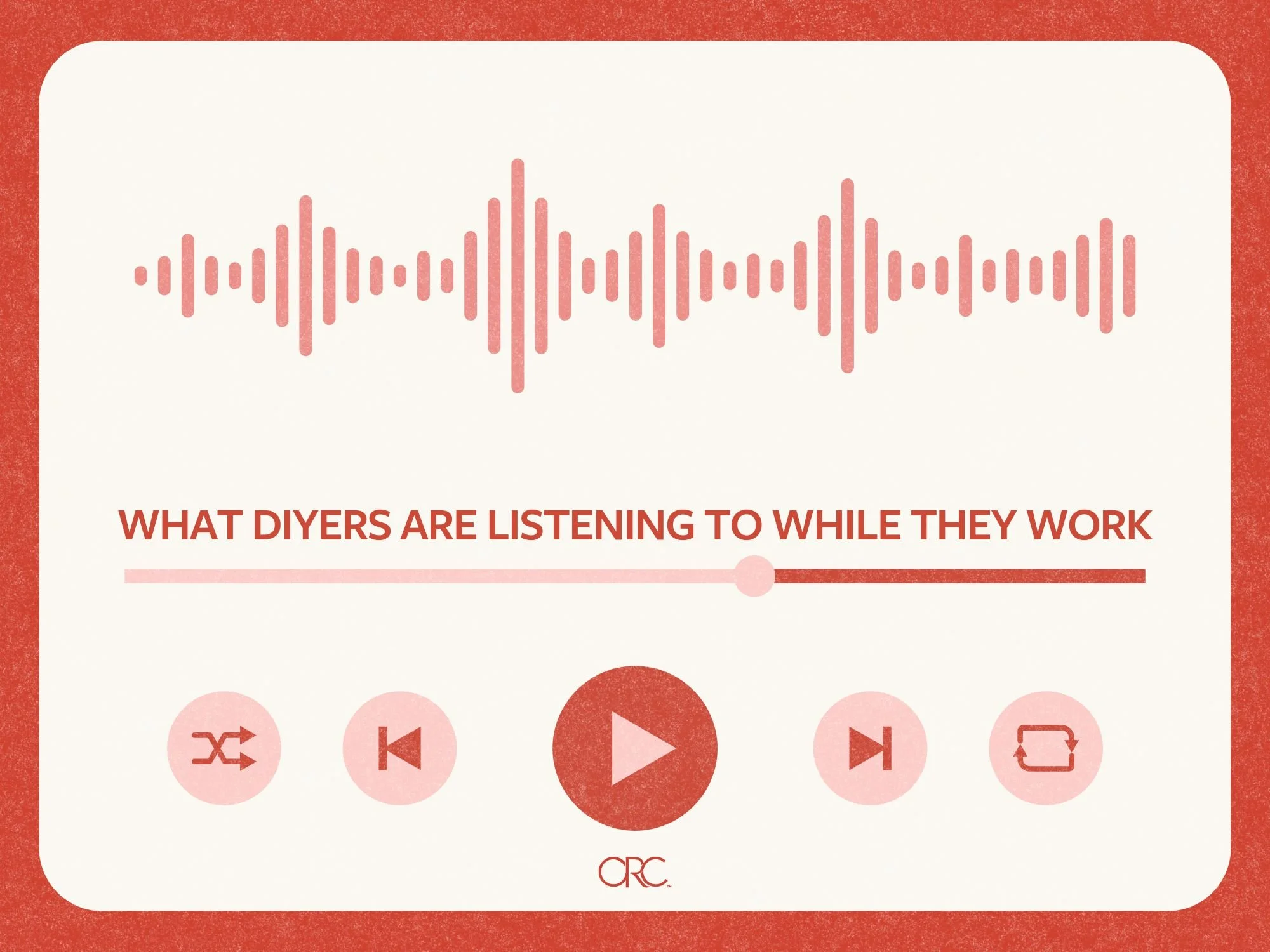3 Strategies for Organizing Your Stuff, AKA What to Do Once You’ve Decluttered
DESIGN
STORY BY VIRGINIA BESHEARS
Congratulations, you’ve decluttered your space! But what comes next?
Apparently, hitting your mid-to-late-twenties can cause one to become suddenly and profoundly obsessed with all things organization, which I found out when it recently happened to me. I previously would have scoffed at the idea of having a special container for cereal.
In all seriousness, spending a bit of time figuring out an organizing system that works for you can make your life quite a bit easier. Below is everything I’ve learned about figuring out what goes where, maximizing existing storage space, and dealing with recurring clutter.
VIA MURPHY DEESIGN
Figuring out what goes where
One of the main theories of organizing is finding everything a home.
If you’re having trouble finding a designated spot for something, it can help to separate your belongings into logical groupings based on function, frequency of use, or theme. The system you use to categorize might change depending on what you’re sorting, but the idea is to make it as easy as possible to locate what you need, get it out, and put it back away.
Make sure you’re doing what makes the most sense for how you operate within your home. For example, coats don’t have to go in the coat closet, especially if you live somewhere warm and need a spot by the door for your sports gear. If the same few items keep piling up in one spot, their home might be somewhere nearby.
VIA MY HOMIER HOME
Maximizing existing storage spaces
It’s been said a million times, but vertical space is your most valuable real estate when you’re figuring out how to get everything to fit in cabinets and closets. How you make the most of vertical space will depend on your storage needs. For example, if you have a lot of small to medium bins and boxes, you’d benefit the most from extra shelves.
Areas like spice cabinets, medicine cabinets, and under sinks are some of the biggest culprits for wasted vertical space (and also happen to be the areas I forget to regularly declutter). Cabinet shelf inserts are great for reclaiming vertical space in a cabinet. Stackable storage containers and plastic drawers are great as well, especially for things like makeup that you might want to separate into categories.
Vertical space that’s too shallow for shelves can still be utilized, too. The backs of closet doors or cabinet doors are great spots for hooks, racks, or organizers for items you grab frequently. Shoe racks are great, but since shoes tend to be more of a problem than hanging clothes, I personally prefer using a hanging shoe organizer and saving the floor space for something else. Also, a shallow spot in a closet is a prime spot for a pegboard.
Another note—don’t make anything too hard to put away. That’s how you end up with something random sitting in your family room for 6 months. For example, plastic bins with lids are amazing, but they’re best for things that go together and aren’t needed frequently. If you’re sorting items into bins with lids, try to make groups of items that you’re likely to need or use together, even if it means the groups are fairly small. That way, you won’t be dragging a giant 20 gallon bin out of a closet for a single glue stick.
Lastly, check around your house before you go shopping for organization supplies. The containers you use in your closet don’t need to be fancy or even pretty. You can use any bins you already have, gift boxes, or shoe boxes to organize stuff on shelves, and tupperware containers make the best drawer organizers. Don’t be afraid to get creative and prioritize based on what will help you the most. For example, my shoe cubby organizer does me far more good as a paint tube organizer. Reusing and repurposing as much as you can will save your organizing budget for maximizing vertical space, which is a better investment in my opinion.
There are a LOT of specialized storage systems out there that are way over-complicated and a waste of money. The only specialized organizers worth buying are ones for things you consistently find yourself irritated by.
Dealing with recurring clutter
Even if your closets, cabinets, and drawers are all organized to absolute perfection and you’re a superstar about tidying up consistently, you might still find clutter collecting on countertops, nightstands, etc.. It’s all the stuff that you don’t necessarily want to put in a closet, because you’ll just need it again anyway, but having to stare at it isn’t ideal either.
The best way to handle recurring clutter is to bring in new, small storage solutions that work with how you operate and not against it.
For example, you may have a bunch of stuff on your coffee table or nightstand that you genuinely use regularly, but you’re tired of looking at it (think lotion, nail file, a couple pencils, chapstick). Rather than getting irritated with yourself for creating clutter, try putting these items in a small lidded basket that will blend with your decor but still be easy to grab something from.
Papers and mail are two of the biggest recurring clutter culprits. I personally will simply never be someone who takes care of my shredding pile on a regular basis, but I CAN be someone who has a box for papers I’ll eventually shred and a box for papers I need to hang onto.
Two other common spots for recurring clutter are your desk and next to the door. Be sure to not choose a desk organizer or a key hook based on aesthetics alone, and instead think about what you actually need and will use most (e.g. is your desk clutter mostly pens and pencils, or do you also need a spot for binder clips and tape?).
A few final tidbits and tips
Be ready to adjust your organization system in the future. As you live in your space and use your stuff, you might find that a few boxes would be more convenient in a different closet, or maybe some items need to be recategorized. The whole point of organizing is to make your life easier and more convenient!
Consequently, I recommend labeling bins and boxes with something that can be removed or changed in the future.
Lastly, while it can be tempting to over-organize, make sure you’re implementing sustainable systems that are easy to maintain. Remember that clutter is inevitable, it’s part of life, and nobody’s house looks stunning and spotless 24/7. We’re not going for perfection, we’re just making it easier to tidy up and locate things by creating a designated spot for everything.
Happy, happy organizing!

